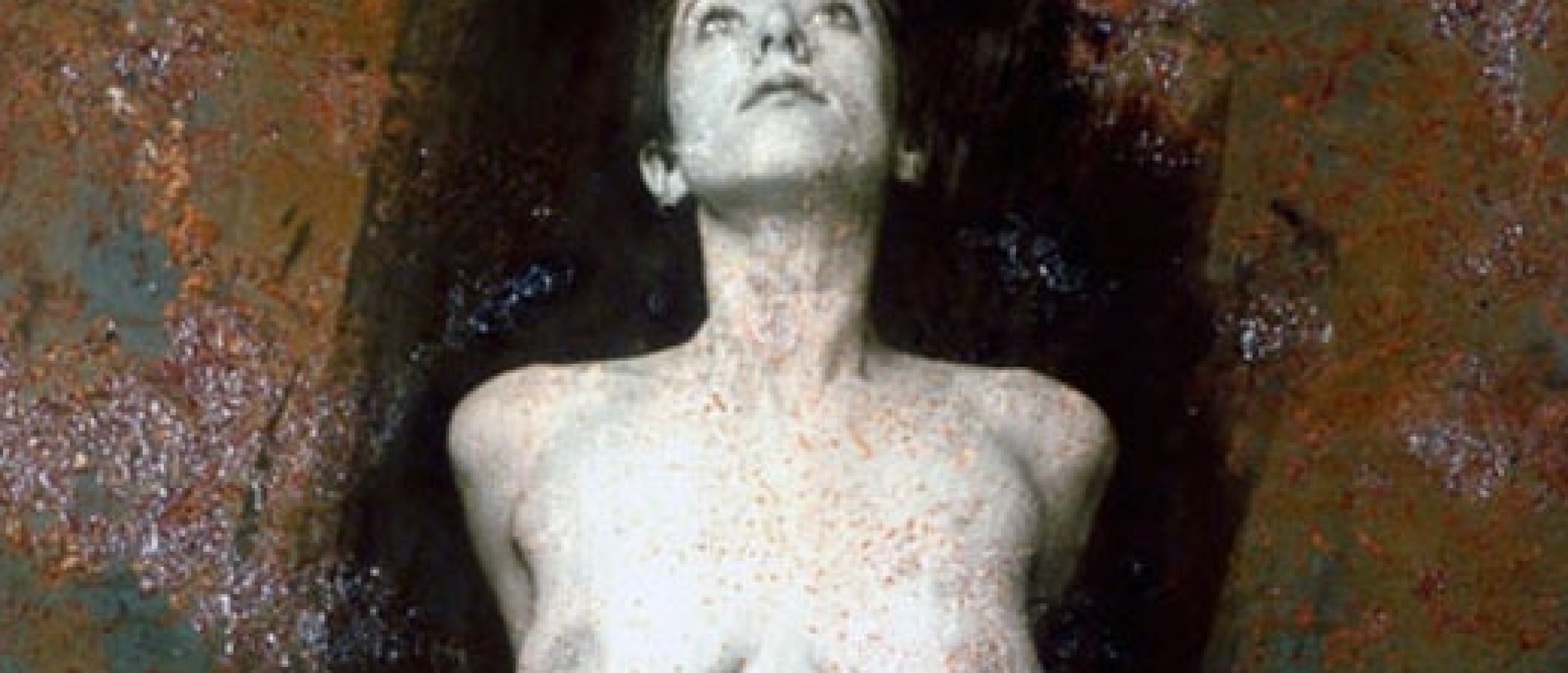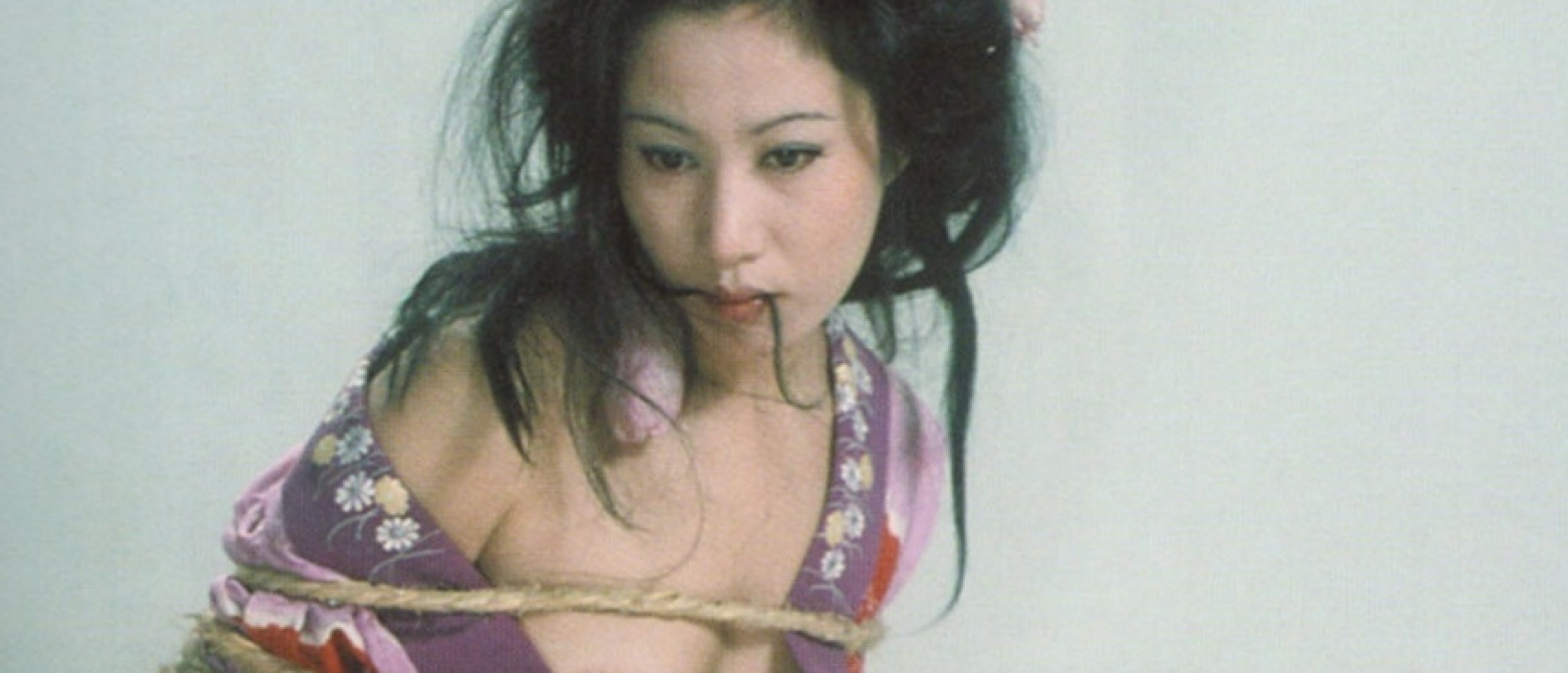
At the end of 2020, we wrote here about Japanese photographer Eikoh Hosoe whose depictions of the human body demonstrate a great sense of proportion and contrast. This time we show you a set that conceptually resembles Hosoe’s Embrace series (1971).

Fig. 1. Left: Eikoh Hosoe, Embrace (1971); Right: Eric Marrian, The White Square (2005)

Fig. 2. 163.com
Almost Suprematism
Eric Marrian, the artist behind these photos, was born in France in 1959. His background as an architectural designer is clearly visible in this set. Marrian gave up his initial specialization at the beginning of the 2000s out of his love for photography. This series entitled “The White Square” was produced in 2005. The title in connection with the abstract style of photography may remind you of suprematism invented by Kazimir Malevich. By the way, Malevich’s famous “Red Square” that’s not really a square also has the name “The Peasant Woman In Two Dimensions” (geometry can be seductive too!). Allegedly, Marrian’s title is a reference to the white square that was used as a visual icon of erotic programs in European broadcasting of the 1970s. Others may remember classic Man Ray’s nudes, namely his Anatomies (1929) depicting a woman’s neck (Fig. 5).
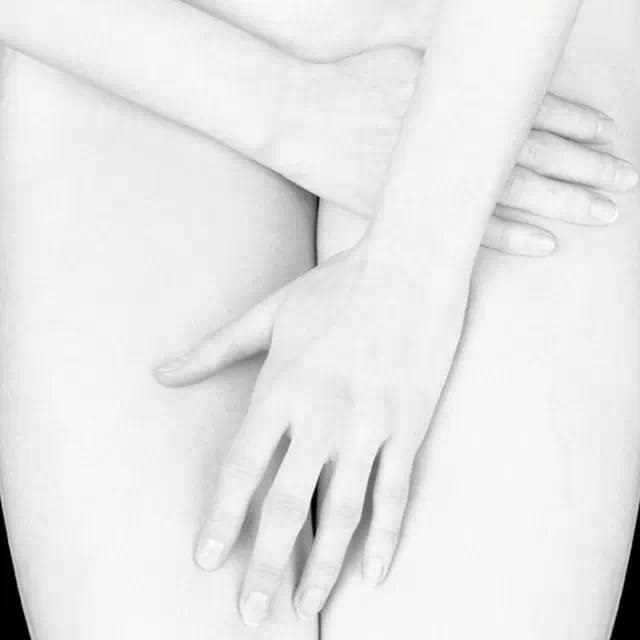
Fig. 3. 163.com

Fig. 4. 163.com

Fig. 5. Left: Eric Marrian (163.com) Right: Man Ray Anatomies, 1929 (moma.org)
Marble and Flesh
In his series, Marrian follows the Asian tradition of portraying women with porcelain white skin, while the man’s skin is always darker. Marrian and Hosoe push this difference to its’ limit and make women shiny white and men black. Some ancient commentators of the Bible provide us with a curious explanation: they point at the fact that Adam was made from clay outside the paradise, while Eve was created from Adam’s rib, which is nobler than the clay as it underwent some manipulations, and the process itself took place in Eden. The human body in Marrian’s images has little in common with the real one if we speak about the skin. Its’ color and curves unavoidably evoke in your mind Bernini’s marble oeuvres, e. g. The Rape of Proserpina, 1622 (fig. 9). Yet some photographs are stunningly close not to the marble equivalent of the body but human flesh an sich that was Hans Bellmer’s lifelong obsession. Marrian manages to show the female body both as Renaissance Proserpina by Bernini and as masochistic Venus in the shibari installation made by Bellmer and Unica Zürn (fig. 10).

Fig. 6. 163.com

Fig. 7. 163.com

Fig. 8. 163.com

Fig. 9. Bernini’s sculpture (pxleyes.com)

Fig. 10. Left: Eric Marrian, 2005; Right: Unica Zürn photographed by Hans Bellmer, 1958
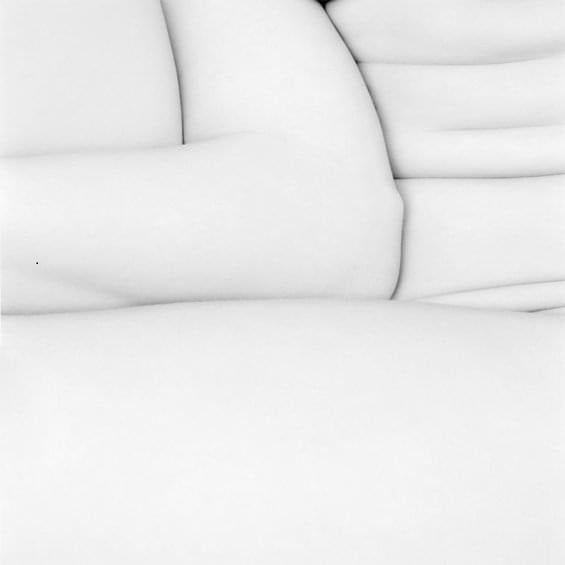
Fig. 11. pxleyes.com
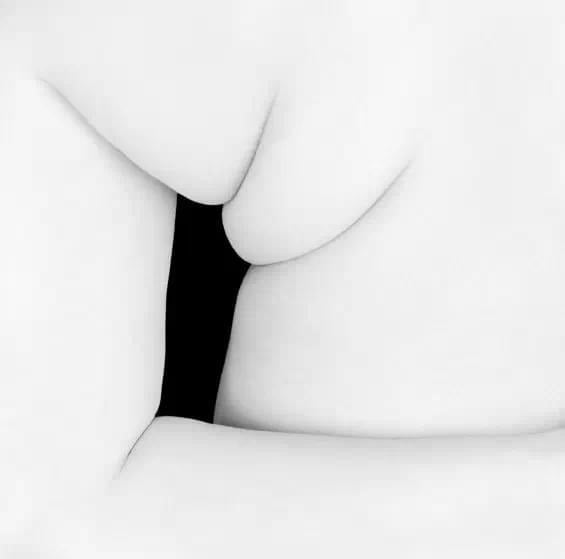
Fig. 12. pxleyes.com

Fig. 13. pxleyes.com

Fig. 14. pxleyes.com

Fig. 15. pxleyes.com

Fig. 16. pxleyes.com
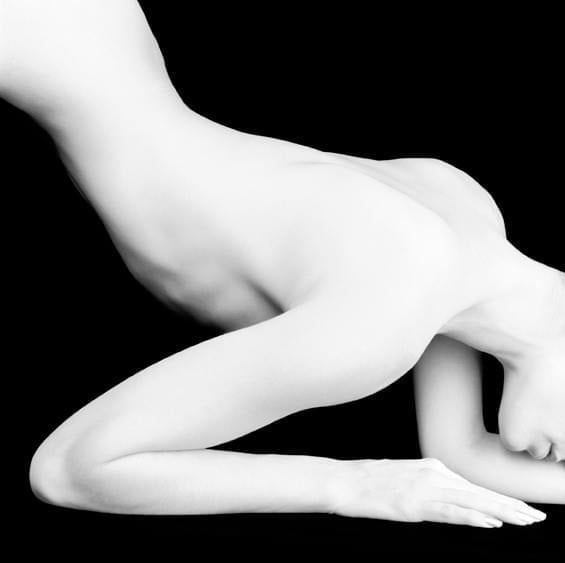
Fig. 17. pxleyes.com

Fig. 18. pxleyes.com

Fig. 19. pxleyes.com

Fig. 20. pxleyes.com

Fig. 21. pxleyes.com

Fig. 22. pxleyes.com

Fig. 23. pxleyes.com

Fig. 24. pxleyes.com

Fig. 25. pxleyes.com

Fig. 26. pxleyes.com

Fig. 27. pxleyes.com

Fig. 28. pxleyes.com

Fig. 29. pxleyes.com

Fig. 30. pxleyes.com
A Landscape and a Temple
In general, photographers working in the nude genre present the body as a landscape and draw parallels between body curves and desert dunes or hills. Yet, there are artists who treat the flesh not as an extension of the landscape or its' smaller version but as an architectural or sculptural construction. We can put it as two curiously different approaches composing a binary system where the first approach correlates with philosophic theories or with pagan cults considering humans as a part of nature. The second approach implies that the human is something that differs from nature practically as much as Eve differs from Adam and a temple from a tree. While the tree is growing, the temple is being built, constructed, and reconstructed. Surely, in the works of some photographers, these methods or views interlace, for instance, in the Acrobats of Acey Harper, where the body is an organic element of the landscape, but the landscape is often urban, so acrobats become decorative pieces of buildings or replace fountain sculptures. When we speak of Eric Marrian, his works seem to demonstrate the highest point of the second approach as the artist focuses both on the shape of the body itself and on the shape of shoots that is always square. This double artistic self-restraint turns the whole set into a challenge that is curious to watch. The square filled with the white skin of the curved female body grows from a TV-icon to the symbol of world creation and the creation of humans in particular.

Fig. 31. pxleyes.com

Fig. 32. pxleyes.com

Fig. 33. pxleyes.com
Become a Premium member now and discover 100s of articles + eBooks not visible on the blog.
Click HERE for the aesthetics of the interaction of male and female bodies in works of Eikoh Hosoe
Sources: mail.ru, 163.com




